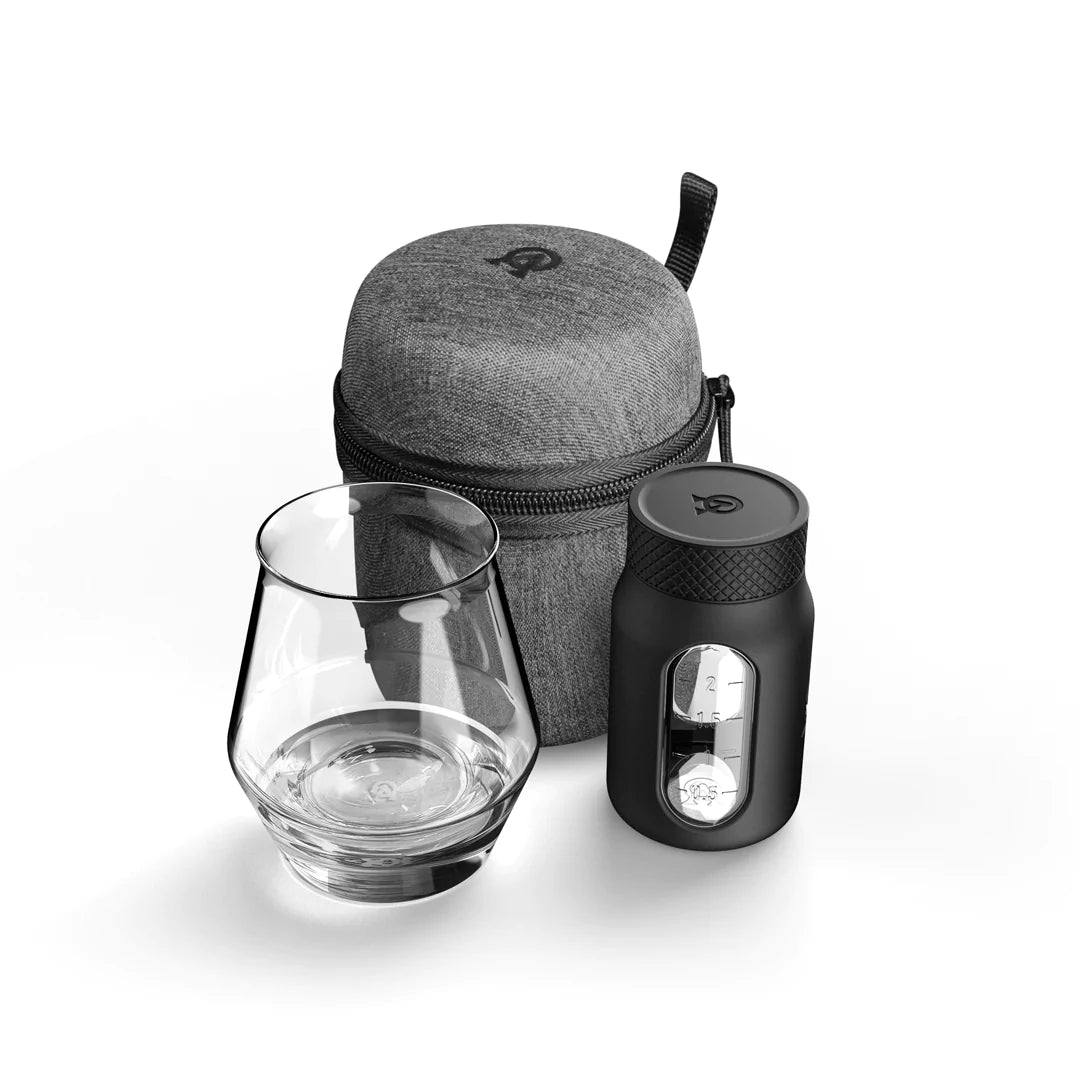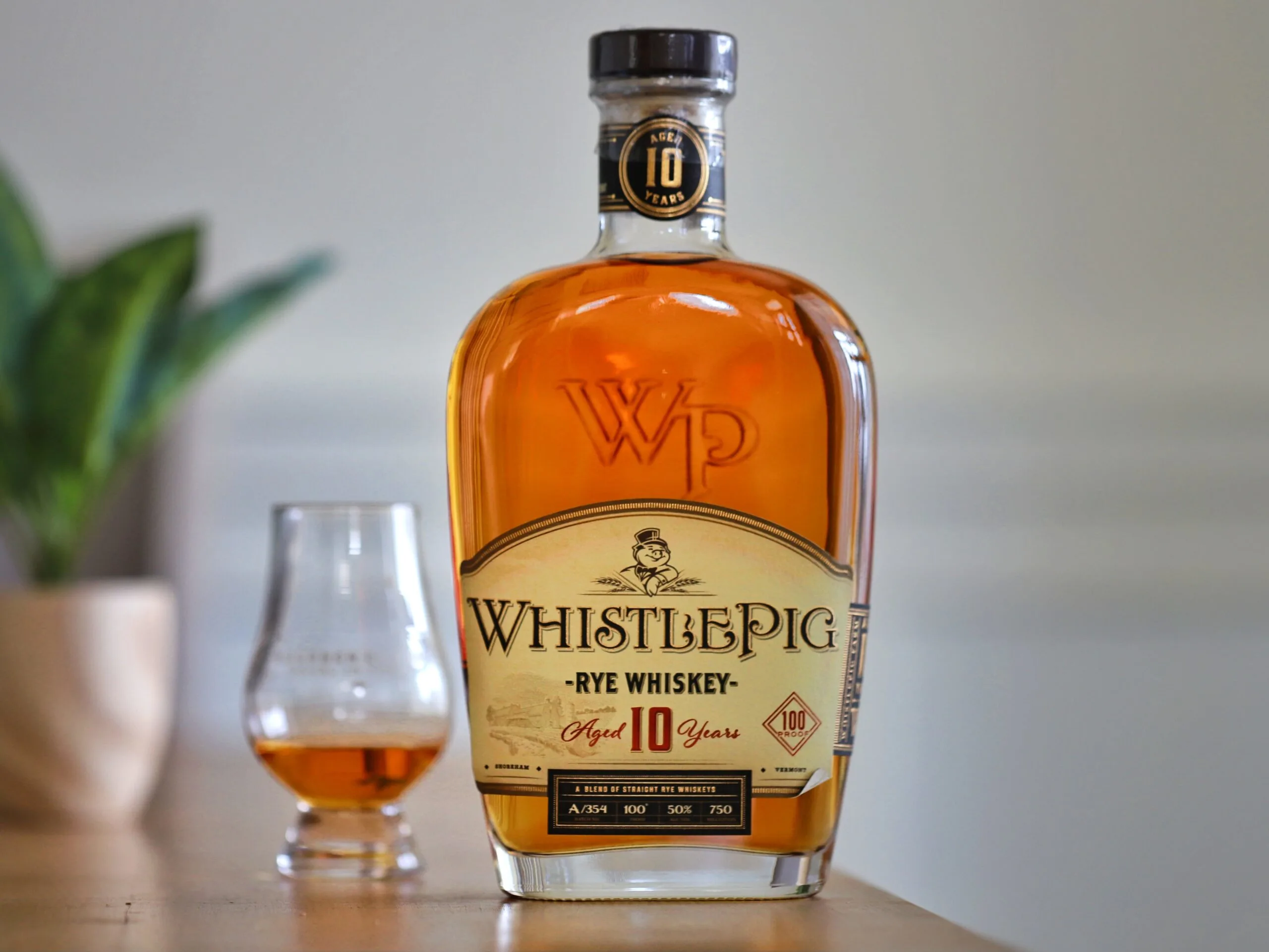| Don't like ads? | No ads |
The story of Whistlepig rye whiskey stretches all the way back to 2010 when Dave Pickerell and Raj Bhakta joined forces for a new brand. Based in Shoreham, Vermont, it was focused on rye whiskey sourced from the famous (to Canadians, at least) Alberta Distillers Limited Distillery. Prior to its first release, Dave supposedly went on a journey to major distilleries in search of the best rye whiskey in the world. He declared he had found it in Canada, much to the surprise of American enthusiasts.
The story of Whistlepig is rooted in the story of Alberta Distillers Limited in Canada.
Whatever your personal opinion is about Canadian rye whiskey, Alberta Distillers Limited is probably one of the closest – in terms of rules and regulations – to our Straight Rye Whiskey. If you’re unsure what I mean, then let’s start by establishing the fact that the rules that govern rye whiskey are very different between the United States and Canada. One of the main differences is that Canadian rye whisky technically doesn’t have to contain any rye grain at all. It just has to possess the aroma, taste and character of a Canadian/Rye Whisky. This is usually done with flavoring additives.

But Alberta Distillers doesn’t use corn in their mash bill. They openly divulge that their rye whiskies start with a mash of 100% rye grain. 100% rye is notoriously hard to ferment which is why few producers use that much. But Alberta Distillers mastered a way by creating a propriety enzyme derived from Aspergillus fungus to convert the rye starches into sugars. From there, their specialty yeast converts the starches into alcohol.
Once fermentation is complete and distillation is ready to begin, the mash will go to one of two stills. A column or a pot still. But before I go any further, let’s talk about what most people expect from Canadian whiskies. For starters, a light body is particularly desirable to their audience. Think of the Canadian Whiskies you’ve had in your life – probably Seagram’s and Crown Royal, right? Well those are primarily made from grain-neutral spirits (GNS) that are distilled to high proofs (above 190) before being cut with water and aged in a barrel for 3 years (the minimum amount of time a whisky must be aged for in Canadian Whisky).
The high distillation proof strips most of the congeners (which are responsible for flavor) out of the distillate. Barrel aging in used barrels doesn’t add much flavor to the end product which is why few Canadian whiskies are aged longer than 3 years. This is where the flavor additives comes into play. You’ve seen it all over the stores, but brands like Seagrams and Crown Royal have so many variations of flavored whiskies because they have to put something in it – or else it wouldn’t taste like anything. Alberta Distillers Limited does produce a GNS whisky like this. However, it’s meant primarily as a blending component. These stocks are commonly referred to as base whiskies.
But the type we’re going to focus on regarding Whistlepig are the flavoring whiskies (not to be confused with flavored whiskies). These are similar to the rye whiskies that we make in the United States.
Alberta Distillers makes two kinds of flavoring whiskies on giant pot stills. Both are distilled to around 160 proof and both are barreled at around 128 proof – but one is put into new charred oak barrels and the other version is put into once-or-twice-used bourbon barrels. Here’s a picture to show you the main differences:
The 3 main rye whiskies Alberta Distillers Limited produces

So where does Whistlepig fit into all of this? Well as I was doing my research on what kind of rye whiskey Whistlepig sources from Alberta, I immediately ruled out the column still GNS-kind of rye whisky. The proof on those is too high and don’t normally fall much. Single barrels of Whistlepig have traditionally been around 110-120 proof at barrel strength. This would indicate that they entered the barrel not too far from that final proof.
So that leaves the pot-still type of rye whiskies as the source. Now I know for sure that brands like Hochstadters and Lock, Stock and Barrel sourced barrels from Alberta Distillers and that the ones they bought were the new charred oak barrel kind (they say so on the labels). However, I don’t think these are the same barrels that Whistlepig sources. Why not? Well, this is speculation but I want to go all the way back to the label change of their 10 year rye whiskey in the Spring of 2014. The bottom left portion of the front label changed from saying “Whistlepig from Shoreham Vermont” to “Finished In Bourbon Barrels.” This is a clue.

This leads me to believe that the rye whiskey that Whistlepig has been selling us for the last decade and a half was made on a pot still and barreled in used bourbon barrels. Then they get shipped to the United States and aged a little bit longer in the barns/warehouses of Shoreham, Vermont. The front label changed again in 2020 and no longer says the part about being finished in bourbon barrels, but I don’t think that the source of the barrels changed that much. I just Whistlepig removed it to avoid confusing the general public OR they removed it because enthusiasts began to question why they were finishing all of their rye whiskies in bourbon barrels. The answer was they weren’t finishing it at all (that’s the way it came) but they got away with saying it for 6 years and they didn’t want anyone asking any more questions.
Can Whistlepig really be called a “Straight Rye Whiskey?”
If you are familiar with the rules of what it takes to be called a straight rye whiskey in the US, then you are probably scratching your head right now about how any Alberta Rye Whiskey can be called a Straight Rye Whiskey. At the very least, none of them meet the rule stating barrel entry proof must be 125 proof or less. And if I’m correct in my assumption that Whistlepig rye whiskey has been matured in a used bourbon barrels, that breaks yet another rule.
But the reason why a whiskey that doesn’t meet the regulations of a straight rye whiskey in the United States can be still be called a straight rye whiskey here lies in one simple addition producers have to put on the label: if it says the country of origin. Therefore, by Whistlepig putting “Product of Canada” on the label, it absolves the liquid inside from all of those pesky rules.
The bottle before you today is the latest variation of their label which I believe still is blended from the same whiskey stocks that it was 14 years ago. So let’s see how it tastes. I sampled this neat in a glencairn.
Tasting Notes
Nose: Scents of baked apples sprinkled with cinnamon dust, clove and nutmeg offer a delicious opening to this rye whiskey. Sweetness comes in the form of honey and there is a mixture of two kinds of cookies whose scents tell the story of what kind of whiskey this is; Sugar cookies and gingersnap cookies. Surprisingly there aren’t a lot of floral, herbal or botanical notes.
Palate: The rye notes on the tongue come out swinging and there’s no mistaking this for a bourbon. Rye spice washes over everything. As far as herbs go, I find mint and oregano which pair with a bouquet of flowers. Honey sweetness fights with astringent oak. Be warned – this is not an overwhelmingly sweet sip – but it has an essence of being sweet if that makes sense.
There is some seasoned oak to be found throughout as well. Spices are more along the lines of cinnamon stick and peppermint. Fruits come courtesy of unripe oranges, raspberries, unsweetened apricots and a little bit of black cherry.
Finish: A good amount of drying oak is the focal point of the finish. Lingering notes of peppermint and herbs continue. The sweetness drops off, but there is a pleasant burn that continues. Honeycomb is – once again – the dominate sweet note while the accompanying fruit like raspberries and rhubarb come off as somewhat bitter.
Score: 7.2/10
For this bottle to really appeal to you, you’re going to have to be a rye lover. Why? Because you’re not going to find the sweetness within that you normally would with typical US rye whiskies that have corn in the mash bill. This is a spicy and bold affair that has a touch of astringency and makes you really take notice of the herbal and botanical notes. This is Alberta rye whiskey in its truest form. It was never going to be as sweet as a Michter’s, EH Taylor or even similarly aged MGP rye (which should be its closest competitor). But it’s a rye that is both equally as good sipping on as it is making a statement in a cocktail.

The only bad part about Whistlepig 10 is the value. It’s true that none of the other rye whiskies I just mentioned can come close to the price point of Whistlepig 10 Year. They’re also much harder to find. Even breaking down the price per year aged seems to indicate that Whistlepig 10 should be a good value (coming it around $7 per year aged). But the fact that it’s not as good as the beforementioned ryes make this bottle feel like it’s intended to be more of a mixing rye than a sipping rye. And if someone wants to argue that it’s great for mixing, that would make it one of the most expensive mixers out there.
Final Thoughts
Recommending you buy a bottle of Whistlepig 10 Year is tough. It stands alone in the segment of the market where its price ($70), proof (100) and age (10 years old) merge. But it’s not a convincing buy when you look at the big picture. Single barrel picks of this are slightly more expensive but taste better and pack more proof. Piggyback – Whistlepig’s entry level rye whiskey – is half the price and basically the same proof (plus, it seems like a better choice for a mixer). And after tasting this bottle to make sure I wasn’t overlooking some sort of “wow” factor, I am now convinced that Whistlepig 10 Year Small Batch is forgettable enough to not spend your money on.
Featured Products
- Neat Traveler

- View Larger
- Description:The Aged & Ore Neat Traveler is a complete travel kit for spirits. We combined our widely praised Neat Glass with one of our 3oz Flight Bottles and housed them together in a custom EVA travel case. Perfect for a night away with your favorite pour. The tie
- Bottle Flight

- View Larger
- Description:The Aged & Ore Bottle Flight is a premium set of 4 custom silicone wrapped glass bottles designed to transport and share samples of your favorite spirits. The flight bottles come in a custom EVA travel case that fits perfectly in any small bag. An Aged &
- Travel Bundle

- View Larger
- Description:This Bundle combines two of our crowd favorite products, creating the ultimate travel bundle to bring along your favorite spirits and glassware. Bundle Includes: Neat Traveler (Gray) Bottle Flight (Gray) Note: This bundle is only available in gray and col
*Bourbon Culture is reader-supported. When you buy through links on our site, we may earn an affiliate commission.

